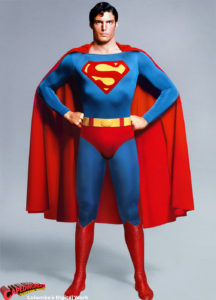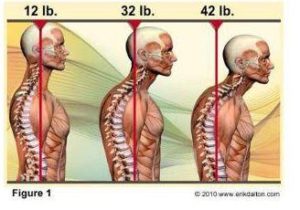I often have patients come in with a “mysterious” chronic lower back pain. Sometimes it’s described as lumbar or hip pain. They’ve been to doctors and chiropractors, but it still persists. As soon as they put their hand on it (low and to the side, where the buttocks meet the back) it’s pretty clear that the problem is the SI – the sacroiliac joint.

The SI joint – where the sacrum meets the ilium – is a long vertical area on the sides of the lower back. Back pain is often centered at the top of the SI joint.
At the bottom of your spine is a triangular bone, the sacrum. Attached to that is your pelvis (made up of the ilium, ischium, and pubis). Your femurs, the long bones of your thighs, settle into a socket on the side of the pelvis. A complex set of ligaments and lots of muscles join all these bones. If one or more of these muscles is tight, weak, or spastic, it can throw the balance of the entire pelvic system off. A few of the major players are Iliopsoas, piriformis, and quadratus lumborum. These muscles keep us upright and help us walk, but when they go bad… I call them the Holy Trinity of Lower Back Pain.
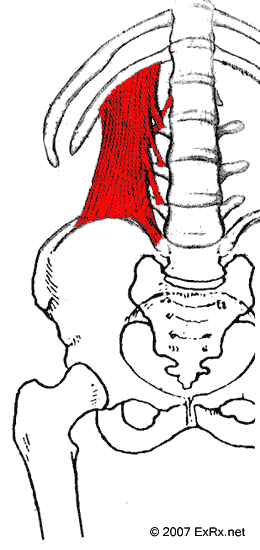
Quadratus Lumborum runs from the lower ribs to the top of the ilium. There are also connections to the spine. This is your “hip hiking” muscle – imagine a “belly dance” sort of motion – but if course it’s essential in walking and other daily movements.
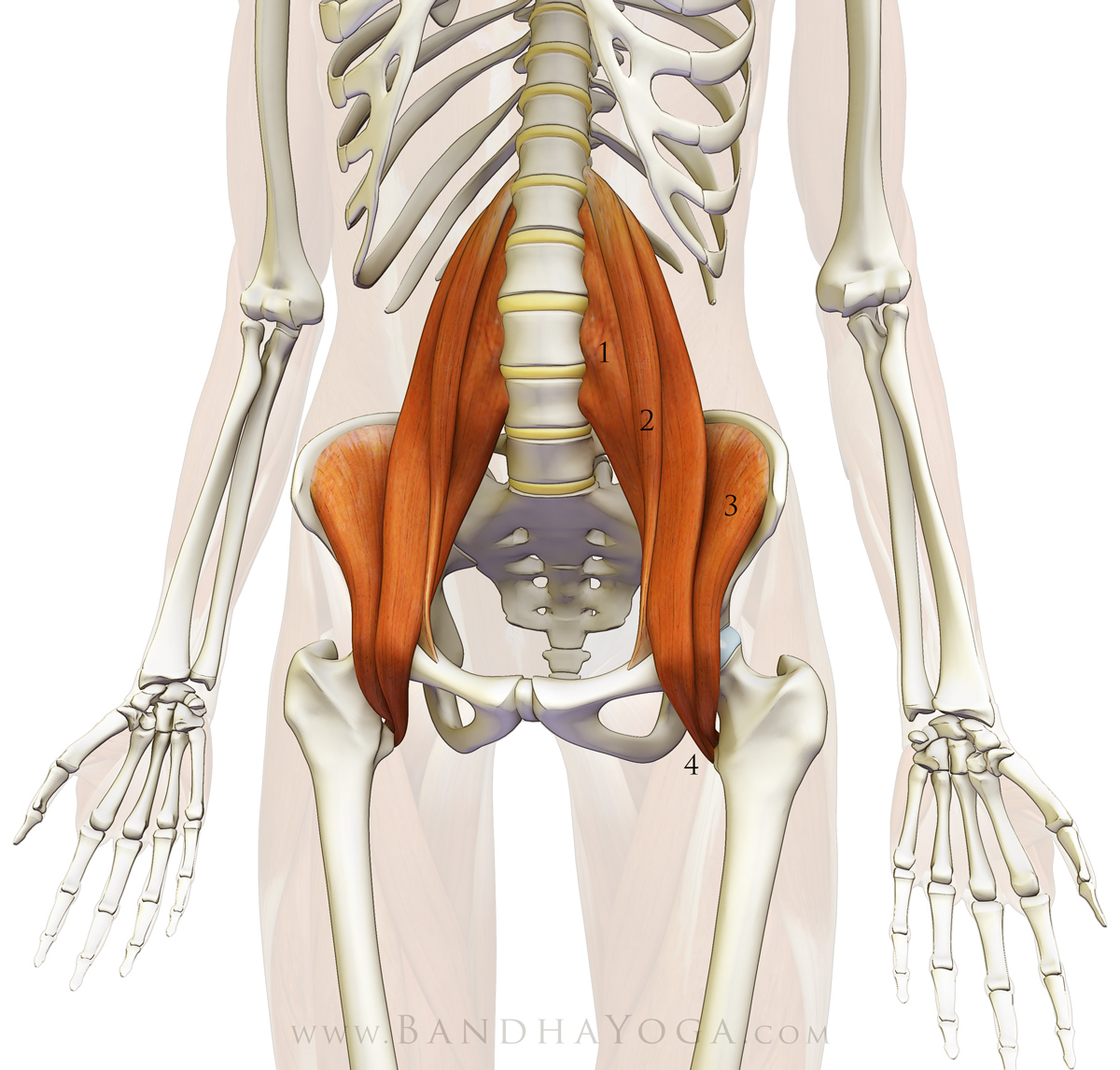
Iliopsoas starts at the front of the spine and the ilium, goes through the pelvic cavity, and attaches to the femur. It gets tight on people who sit a lot, particularly if you are tense while sitting (motorcylists and people who hate their jobs). When tight, it jams the bones together and creates stress on the joints.
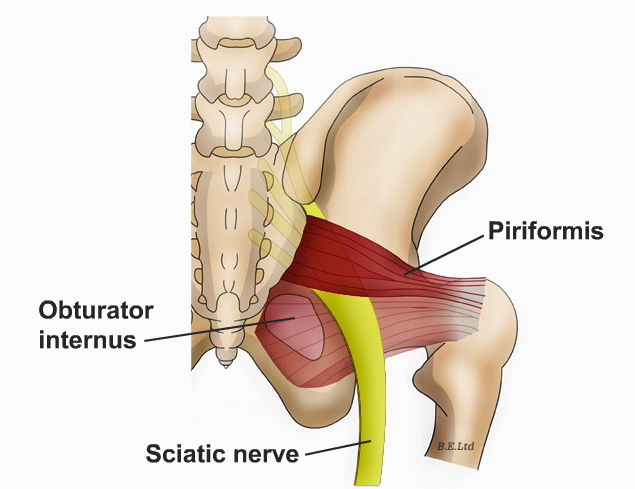
This is a back view. The piriformis muscle attaches at the sacrum, and goes across the butt to the femur. The sciatic nerve passes under it or through it, depending on your personal anatomy. When the piriformis gets tight, it squishes the sciatic nerve and can cause electric shocks or pain running down the leg.
With every step you take, the sacrum “nutates” – it tilts back and forth in relation to the ilium. If the bones are jammed together and can’t glide properly, it causes pain. Sitting can also be a painful prospect: If the joint is inflammed, the altered pressure of a seated position can be excruciating. I understand this very well because I developed lower back pain and SI problems along with a L4-L5 disc herniation after my car accident in 2001. I wasn’t able to sit at all for the 6 months before I discovered acupuncture and Osteopathy.
There’s rarely only one muscle involved. Usually a primary dysfuction causes a cascade of compensation with other muscles. Nerves can be pinched by either tight muscles directly or by a bone pulled out of place by a tight muscle (bones don’t move by themselves). Nerve impingement can lead to pain radiating down the leg or into the genital area. Motor control as well as sensation may be affected. The leg may go weak, or a patient may experience bladder or bowel incontinence (If this happens, get to the ER immediately – they will take steps to relieve pressure on the nerve and prevent permanent damage).
In most cases, the first thing we have to do is reset the tension on the muscles. Acupuncture and medical massage will work wonders here. Once the soft tissue is corrected, I can generally realign the bones with fingertip pressure. They just slide back home with no drama or fuss. Now it’s a matter of allowing the irritated nerve to calm down, which can take 20 minutes to months (or never, in worst-case scenario), depending on the extent of the damage. Whenever you are dealing with entrapped nerves, it’s important to get care immediately. Releasing them quickly gives you the best shot at a full recovery like mine. Getting the pain knocked down allows you to rebuild. Rehabilition exercises and stretches (plus some myofascial release) will make your muscles strong and supple again, so they work properly, which will keep your bones in the right places. I no longer have any back pain, and I’m back in the gym doing heavy workouts including Romanian deadlifts!

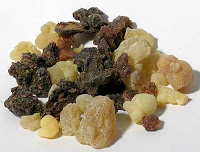
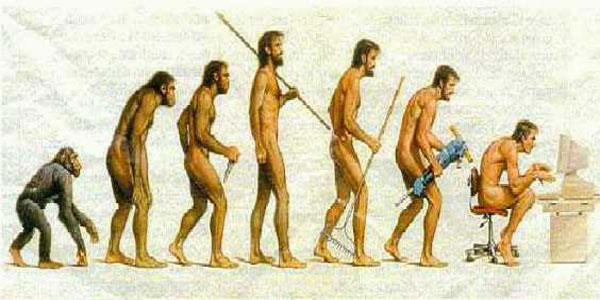
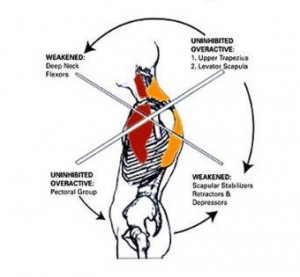
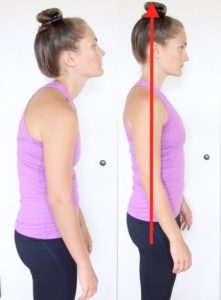 Picture a string running from the base of your spine, up through the top of your head. Imagine yourself pulled up by that string. You will naturally straighten, and your shoulders will relax into their proper position. I like this much better than the rigid shoulders that can happen from just trying to “stand up straight.”
Picture a string running from the base of your spine, up through the top of your head. Imagine yourself pulled up by that string. You will naturally straighten, and your shoulders will relax into their proper position. I like this much better than the rigid shoulders that can happen from just trying to “stand up straight.”